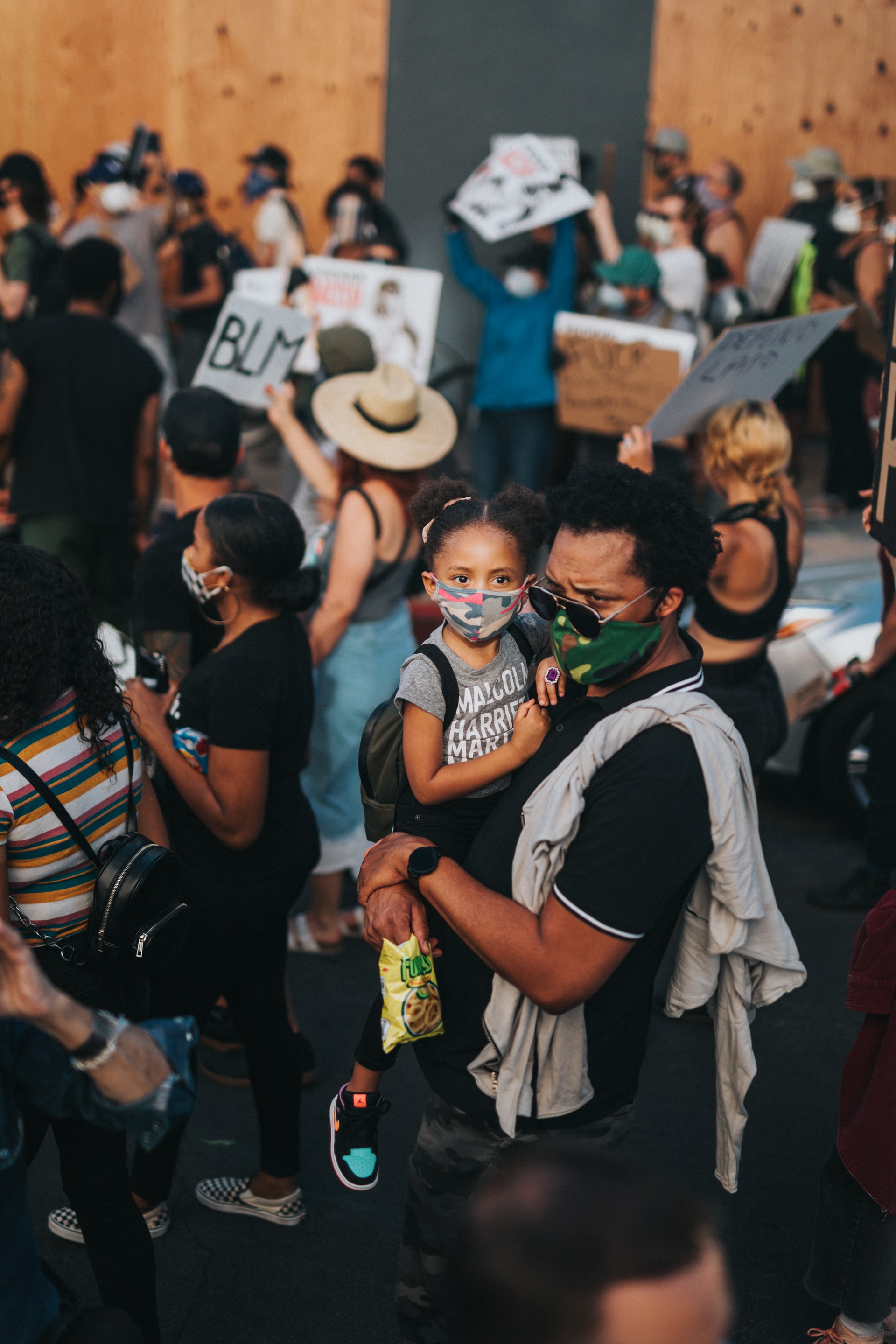Black August: Arts funders should build stability and resilience for Black artists and cultural communities

Responding to: How can cultural grantmaking interrupt institutional and structural racism while building a more just funding ecosystem that prioritizes Black communities, organizations, and artists?
To better support Black artists and cultural communities, arts philanthropy should increase its focus on stability and resilience in creative practice. COVID has fully revealed its long-standing fragility, leaving 63% of all artists unemployed and 66% unable to access the infrastructure necessary for their work. 1
I know how deep this fragility runs from my own path to arts philanthropy via legal practice, service in a municipal arts agency and consulting for cities: making art too often requires navigating systems not developed with the creative sector in mind. My path was also shaped by a childhood making art with my mother, a Black artist, and with other Black artists whose work was deeply effective at supporting community and empowerment. They demonstrated that creative practice can flourish with stable funding, creative infrastructure and investment in organizational leadership. Arts philanthropy has an opportunity to expand its role in all three.
Stable funding. What if Black artists and organizations could count on long-term general operating support (GOS) from philanthropy? Imagine the energy and resources that could be redirected from constant fundraising to creative practice. Indeed, among the learnings from our capacity building program for small and mid-sized organizations known as Arts Innovation & Management (AIM), is that BIPOC organizations find the GOS component to be among the elements they value most, adding stability and supporting organizational aspiration.
Creative infrastructure. Similarly, more funding is needed for the infrastructure essential to creative practice including studio space, residencies and partnership tools. The City of Newark’s inaugural Creative Catalyst Fund has done this by funding Newark-based artists (most of whom are Black) through fellowships that cover studio rent, art supplies and exhibition costs, alongside GOS for artist collectives, non-profits and LLCs. Likewise, United States Artists’ model of unrestricted individual funding supports what artists need most.
Organizational leadership. Additional investment is needed in organizational leadership through truly responsive professional development (PD) and technical assistance (TA), including board governance. PD should sharpen tools needed for executive directors to make complex decisions and create networks of trusted peers. Too often, TA offers basics that Black artists and administrators have far surpassed through work in community. TA for BIPOC organizations should be based on individual growth in local context, rather than a one-size-fits-all approach. AIM has sought to do that with a diversified curriculum including board leadership and bespoke services for grantees.
A deeper commitment by philanthropy in these areas can reduce the fragility of creative practice, making sure we effectively support the artists and organizations who influence public discourse, anchor community and bring inspired ideas to our collective challenges.
Tracey Knuckles is the practice lead for the Cultural Assets Management discipline of Bloomberg Associates, a philanthropic civic consulting firm within Bloomberg Philanthropies.
Image: Nathan Dumlao / Unsplash
